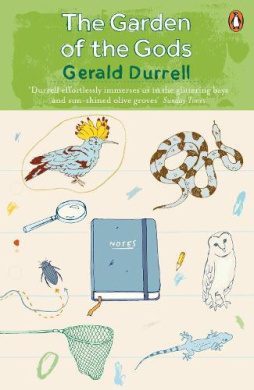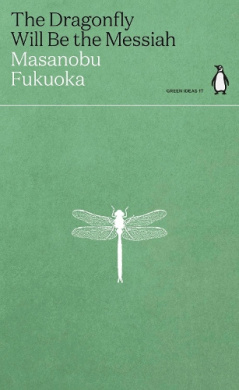Description
This overview of the roles of alien species in insect conservation brings together information, evidence and examples from many parts of the world to illustrate their impacts (often severe, but in many cases poorly understood and unpredictable) as one of the primary drivers of species declines, ecological changes and biotic homogenisation. Both accidental and deliberate movements of species are involved, with alien invasive plants and insects the major groups of concern for their influences on native insects and their environments. Risk assessments, stimulated largely through fears of non-target impacts of classical biological control agents introduced for pest management, have provided valuable lessons for wider conservation biology. They emphasise the needs for effective biosecurity, risk avoidance and minimisation, and evaluation and management of alien invasive species as both major components of many insect species conservation programmes and harbingers of change in invaded communities. The spread of highly adaptable ecological generalist invasive species, which are commonly difficult to detect or monitor, can be linked to declines and losses of numerous localised ecologically specialised insects and disruptions to intricate ecological interactions and functions, and create novel interactions with far-reaching consequences for the receiving environments. Understanding invasion processes and predicting impacts of alien species on susceptible native insects is an important theme in practical insect conservation. 1. The significance of alien species to insect conservation1.1 Introduction: alien species in insect conservation1.2 Semantics and understanding1.3 References2. The diversity and impacts of alien species2.1 Introduction: the diversity of alien species2.2 Alien species in invaded ecosystems2.3 References3. The stages of invasion3.1 Introduction: becoming an invasive alien species3.2 The invasion sequence3.3 References4. The ecological and evolutionary consequences of alien invasive species4.1 Introduction: new associations and new impacts4.2 Novel trophic associations4.3 Wider ecological impacts4.4 Ecological traps4.5 Ecological specialisation4.6 Functional equivalence4.7 Clarifying and defining impacts4.8 References5. Alien plants and insect conservation5.1 Introduction5.2 Environmental weeds5.3 Alien plants as hosts for native insect herbivores5.4 Enemy release5.5 Host plant shifts5.6 References6. Alien insects and insect conservation6.1 Introduction6.2 Generalist predators6.3 Classical biological control6.4 Neoclassical biological control6.5 New association biological control6.6 Conservation biological control6.7 Some major taxonomic focal groups 6.8 References7. Other alien invertebrates7.1 Introduction: an overview7.2 References8. Alien vertebrates and insect conservation8.1 Introduction: an overview8.2 References9. Countering impacts of alien species9.1 Introduction: assessing management need 9.2 Eradication9.3 References10. Invasions and insect conservation 10.1 Introduction: insects in the Anthropocene 10.2 Climate change10.3 Moving insects deliberately10.4 Information10.5 Concluding comment10.6 References






